McDonnell Douglas DC-10 United Airlines
Production Time 9 to 10 weeks
Shipment is by FedEx, UPS or DHL International Express Courier with a normal door-to-door delivery time worldwide of within 2-3 business days after dispatch. Due to the current volatility of world fuel prices, the amount mentioned here is our best estimate for DHL and UPS and may be subject to change at the time of shipping.

Model Description: McDonnell Douglas DC-10 United Airlines Wood Replica Scale Custom Model Aircraft
Manufacturer: McDonnell Douglas
Wingspan: 16.5 Inches (41.9 Centimeters)
Height: 5.8 Inches (14.7 Centimeters)
Scale: 1:120
$239.50
Production Time 9 to 10 weeks
-
United States dollar ($)
-
Pound sterling (£)
-
Euro (€)
-
Australian dollar ($)
-
Canadian dollar ($)
-
Singapore dollar ($)
-
Swiss franc (CHF)
-
Japanese yen (¥)
-
Danish krone (kr.)
-
Hong Kong dollar ($)
-
Norwegian krone (kr)
-
Swedish krona (kr)
-
United Arab Emirates dirham (د.إ)
General Product Description
Our PlaneArts McDonnell Douglas DC-10 United Airlines model exhibits unique, unrivaled quality and detailed design to come as close as possible to the accuracy of the actual plane. It comes as standard with a robust, durable base or stand which is available in a variety of different finishes designed to match your own personal requirements including solid wood, wood with polished metal supports or adjustable wood wall mount and will be ready within about 9-10 weeks from placement of order.
The McDonnell Douglas DC-10 United Airlines model is made of the finest kiln dried renewable mahogany wood (commonly known as Lauan or Meranti) which has undergone many stages of carving and meticulous and careful sanding giving the beautiful finished museum quality masterpiece. Many collectors and model connoisseurs demonstrate their preference for genuine handmade and hand painted mahogany wood models rather than plastic or die cast (diecast) alternatives due to the overall look and totally different feel of the item - we trust you will find the same. We can, however, if required produce the same model in Solid Cast Resin so just click and contact us us for further information. Our craftsmen and gifted artisans ensure that our finely handcrafted model airplanes match the precise blueprint details of the original aircraft. The paint scheme, markings and parts are closely matched, reflecting the original aircraft. This stylish top-quality desktop replica model will surely enthrall anyone who receives this as a gift and for sure one of the most appropriate and desirably collectable gifts for any aviation enthusiast and avid aircraft collector whilst also displaying a perfect resemblance to the actual aircraft.
If you require we can also make the McDonnell Douglas DC-10 United Airlines model in any other airline, private livery or colour scheme you require and if necessary in a different size or scale. Just click here to contact us with a description or photographs of what you require, and we will let you have a quotation for the necessary customization by return email. We can also make bespoke scale replicas of any other private / civil commercial airliner or airliners, helicopter, glider, gliders with engines, military jet, warplane jets, propeller warplanes, biplane, triplane, tail fin, spacecraft, rocket or NASA model you require in any airline, military or civilian livery or colors. We also produce model airships, blimp, dirigible, blimps, boat and ship collectibles. Wall plaque or seal for military, government or private customers. Again, by clicking here to contact us just let us know exactly what you need.
As you may or may not be aware the trade name and copyright permissions for Douglas aircraft are now under the ownership of the Boeing Company and as such, we are proud to be one of the very few international and fully licensed manufacturers of Boeing solid mahogany wood models. You may be interested to read more about the fascinating background to the famous aviation names now under the Boeing umbrella by clicking on the following “Officially Licensed Product” image below:
The McDonnell Douglas DC-10: A Pioneering Legacy in Aviation History
The McDonnell Douglas DC-10 stands as a remarkable milestone in the evolution of wide-body aircraft. Originally entering service in 1971 with American Airlines, the DC-10’s innovative design and technological advancements solidified its role as a pivotal player in the history of commercial aviation. United Airlines, one of the major operators of the DC-10, utilized this aircraft to expand and revolutionize its international and transcontinental services. This article explores the key features and historical significance of the McDonnell Douglas DC-10, particularly in the context of its service with United Airlines.
Introduction to the DC-10
The DC-10 was developed by McDonnell Douglas as a response to the market need for a medium- to long-range airliner that could accommodate more passengers than the existing aircraft at the time. It was designed to compete with contemporary aircraft like the Lockheed L-1011 TriStar. The DC-10 was distinctive for its tri-jet configuration, featuring two engines mounted on underwing pylons and a third engine at the base of the vertical stabilizer.
Key Features of the DC-10
- Tri-Jet Configuration: The DC-10’s three-engine design allowed for greater thrust and reliability, particularly valuable over long distances and transoceanic flights. This configuration also enabled the aircraft to operate at airports with stricter noise regulations.
- Wide-Body Cabin: Offering a wide-body cabin meant that the DC-10 could carry between 250 and 380 passengers, making it ideal for busy international routes. United Airlines capitalized on this capacity to enhance passenger comfort and service quality.
- Advanced Avionics and Flight Systems: The DC-10 incorporated advanced navigation and flight control systems for its time, including inertial navigation and an advanced autopilot capable of handling various phases of flight. These features contributed to safety and operational efficiency.
- Cargo Capabilities: The DC-10 was also available in a cargo version, which United Airlines used to bolster its cargo carrying capabilities. The versatility of the DC-10 was a significant advantage, offering both passenger and all-cargo configurations.
Historical Significance and Challenges:
The DC-10, though celebrated for its engineering and performance, also faced significant challenges. It was involved in several high-profile accidents that raised concerns about its safety and design, notably issues with its cargo doors and hydraulic systems in the early years. Despite these challenges, the aircraft underwent modifications and improvements that enhanced its safety record significantly.
United Airlines’ deployment of the DC-10 helped to solidify its reputation as a reliable workhorse in the airline industry. It was instrumental in expanding United’s global reach during the 1970s and 1980s, serving high-demand routes and bringing international destinations within easier reach.
Conclusion:
The McDonnell Douglas DC-10 represents a blend of innovation, challenge, and transformation in the aviation sector. For United Airlines, the DC-10 not only expanded operational capacities but also symbolized advancements in air travel comfort and efficiency. As the last DC-10 was retired from commercial service, it left behind a legacy marked by both its pioneering spirit and the lessons learned from its operational history. This aircraft remains a significant chapter in the annals of aviation history, illustrating how technological leaps are often accompanied by challenges that propel the industry forward.
| Weight | 6 kg |
|---|---|
| Dimensions | 17 × 16.5 × 5.8 in |
Be the first to review “McDonnell Douglas DC-10 United Airlines” Cancel reply
Similar Models
Private & Civilian
Private & Civilian
Private & Civilian
Private & Civilian
Private & Civilian
Private & Civilian
Private & Civilian
Private & Civilian
Private & Civilian
Private & Civilian
Private & Civilian
Private & Civilian
Private & Civilian
Boeing 767-200 United Airlines World Trade Center South Tower
Private & Civilian
Private & Civilian
Private & Civilian
Private & Civilian
Private & Civilian
Private & Civilian
Private & Civilian
Private & Civilian
Private & Civilian
Private & Civilian
Private & Civilian
Private & Civilian
Space, NASA & Experimental
Private & Civilian
Private & Civilian

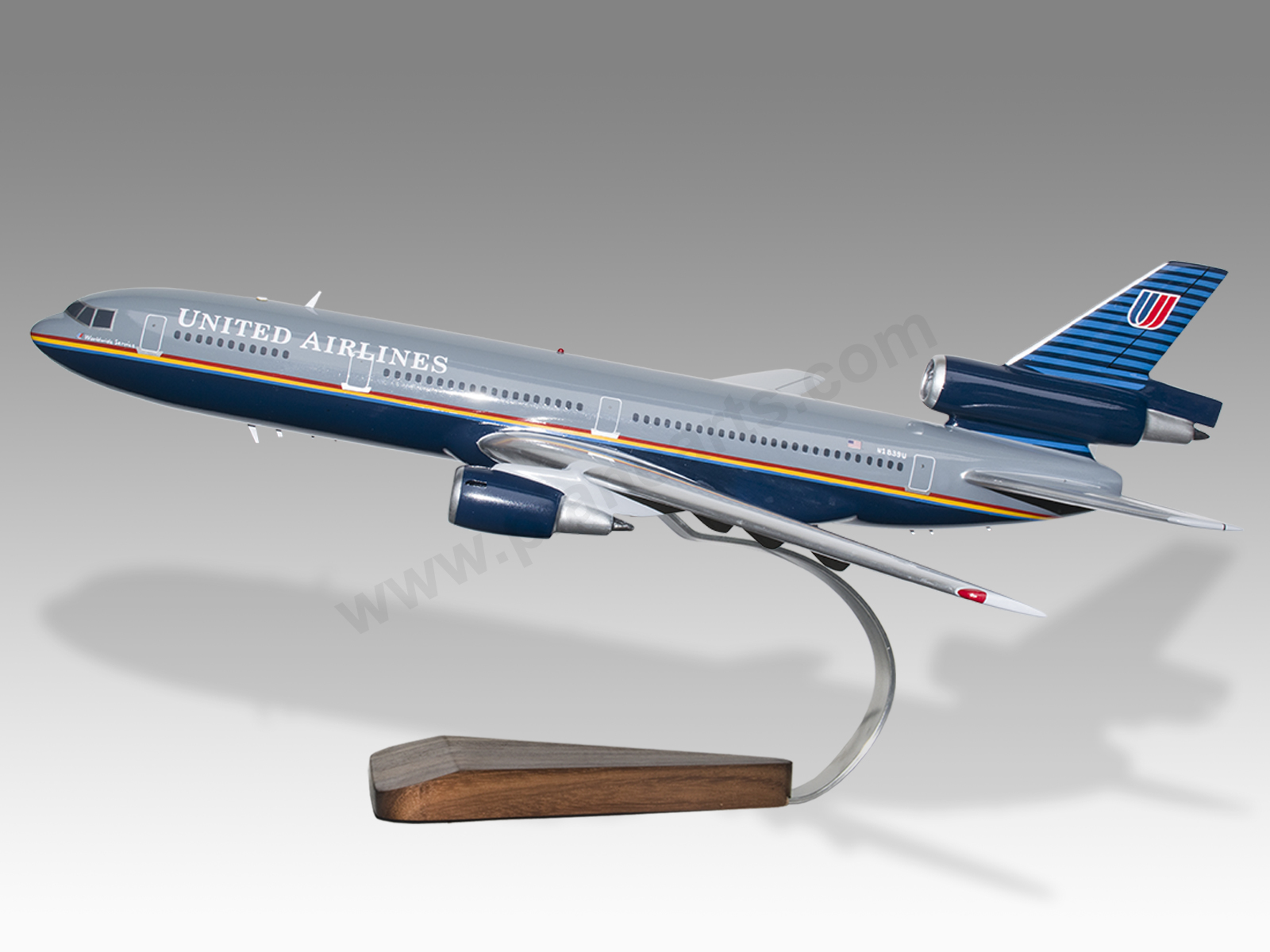

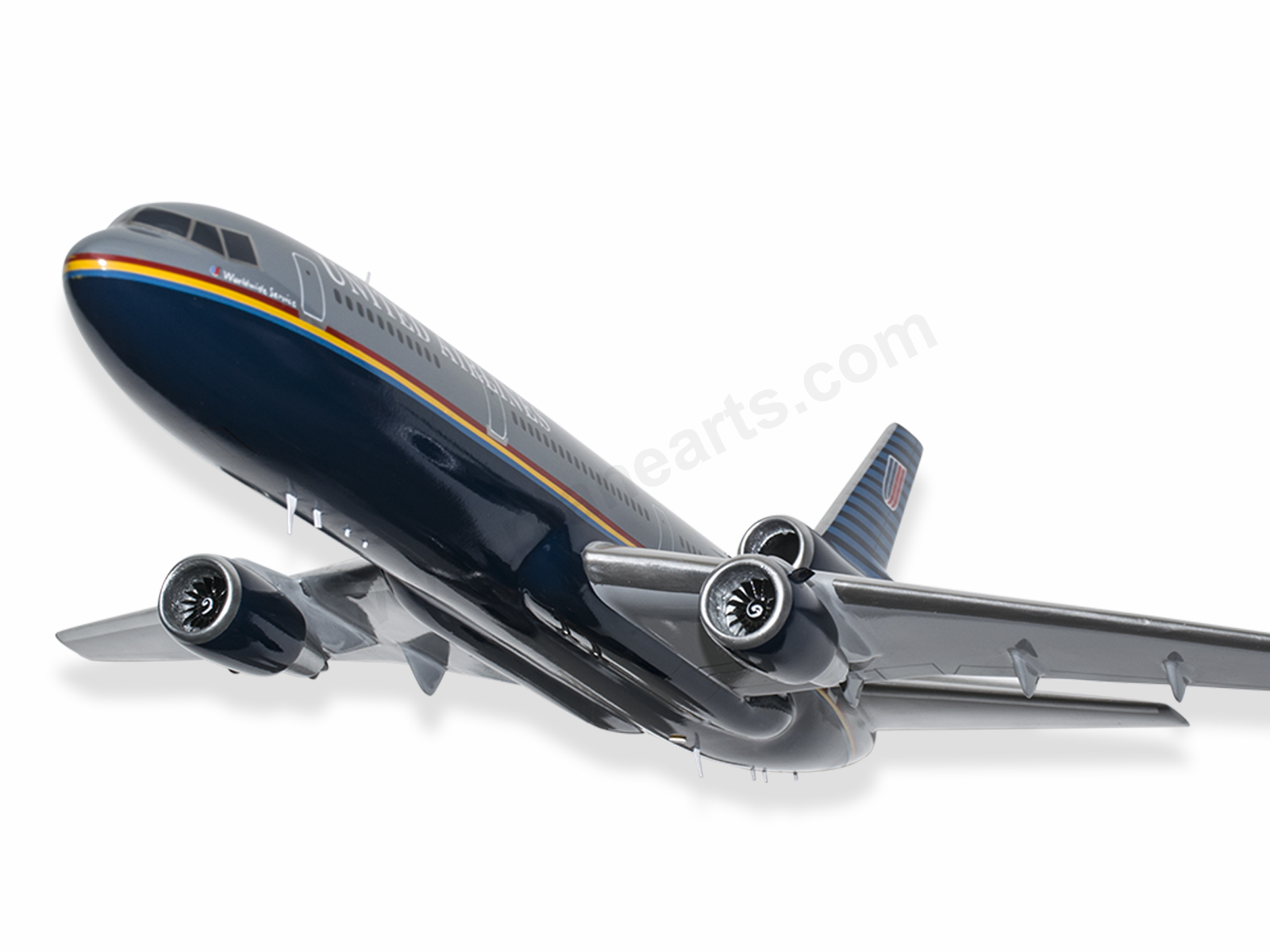
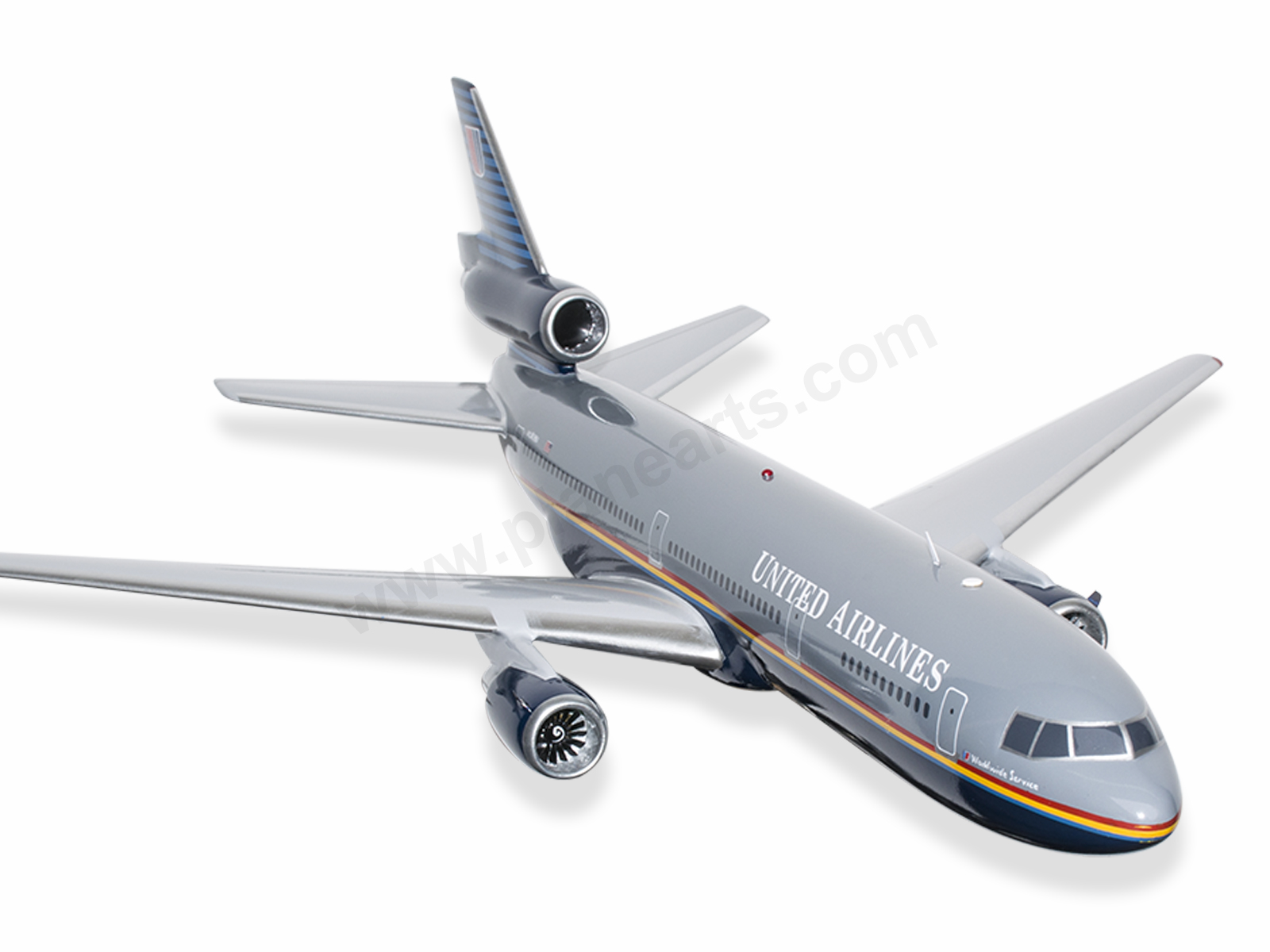
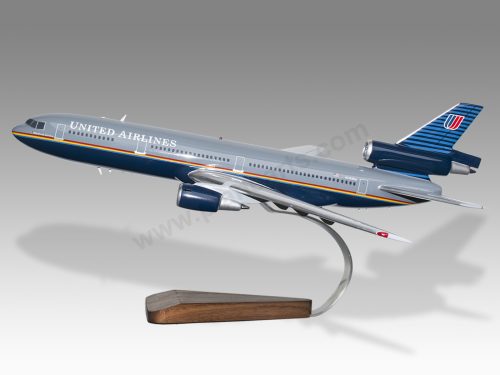
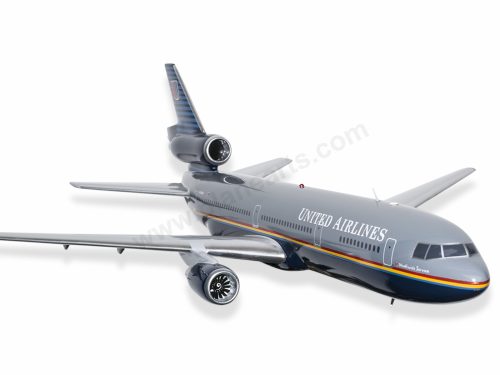
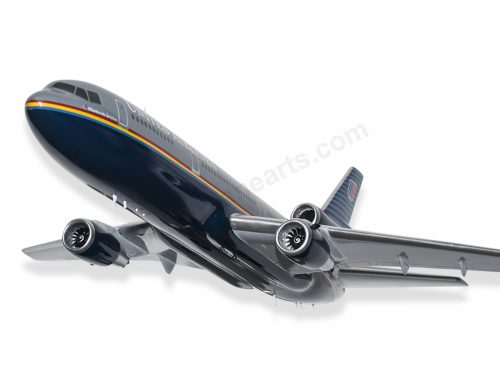
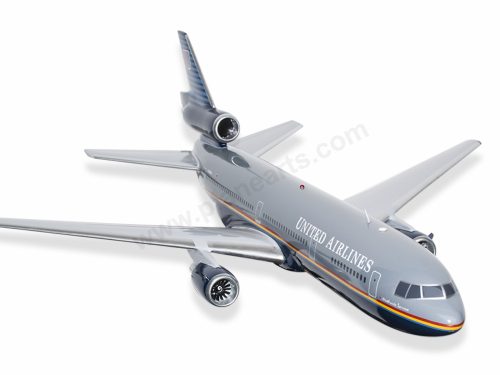
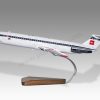
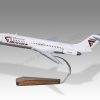

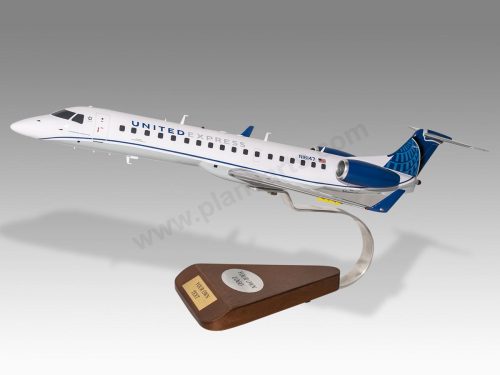
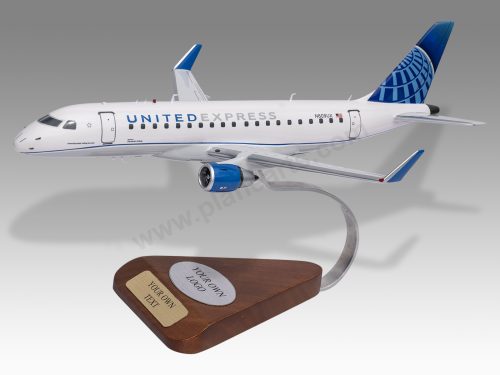
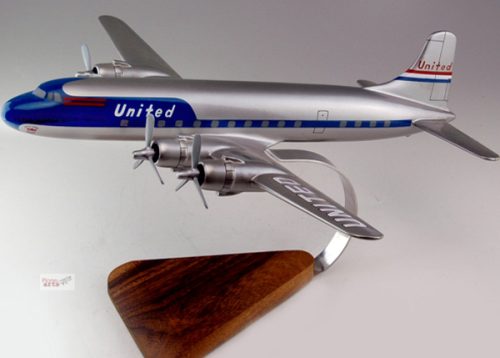
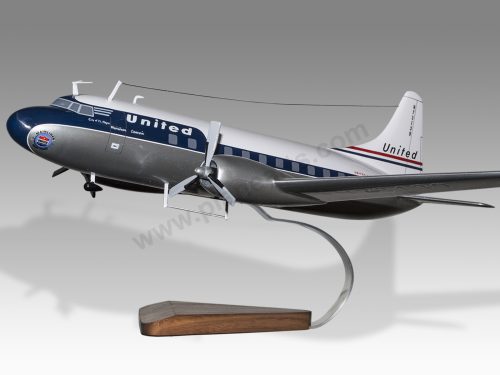
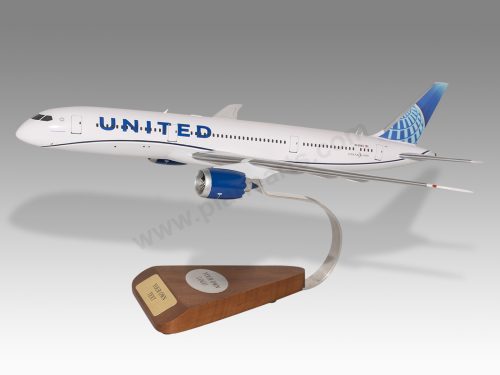
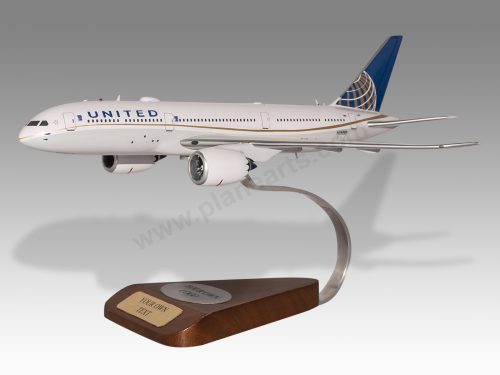
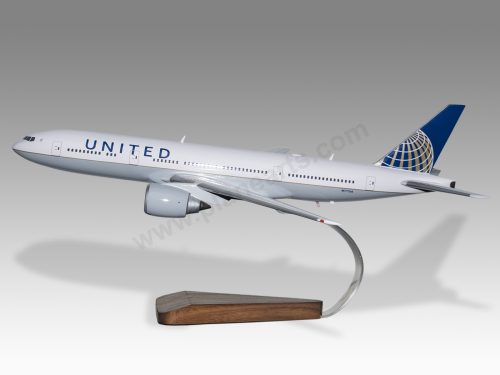
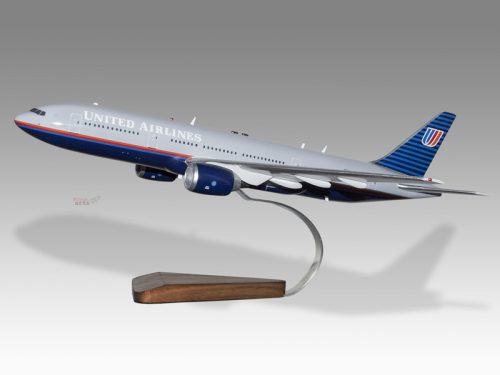
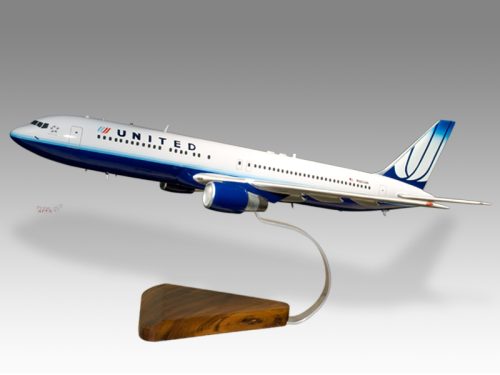
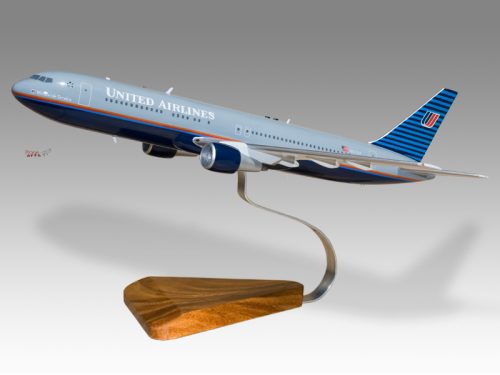
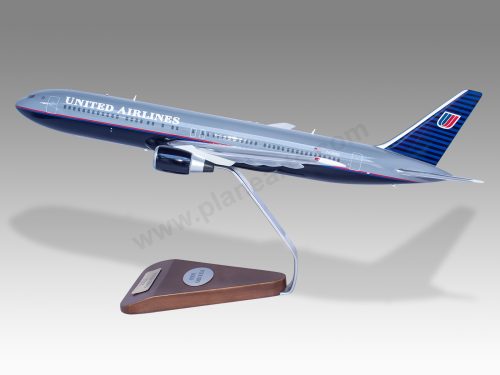
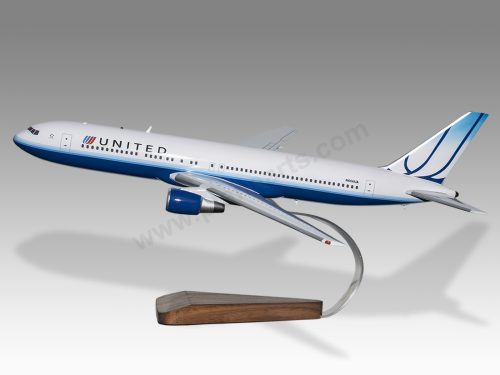
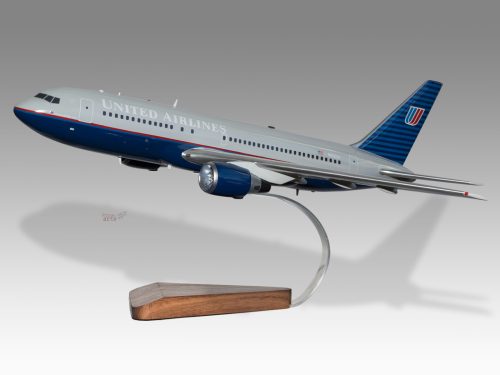
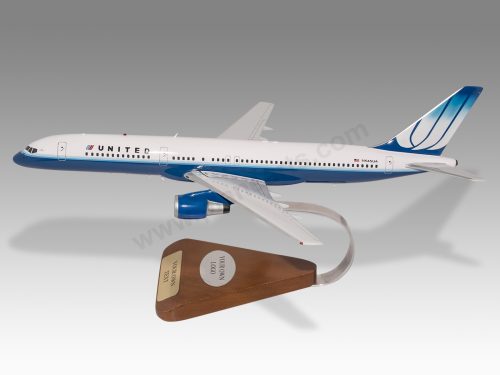
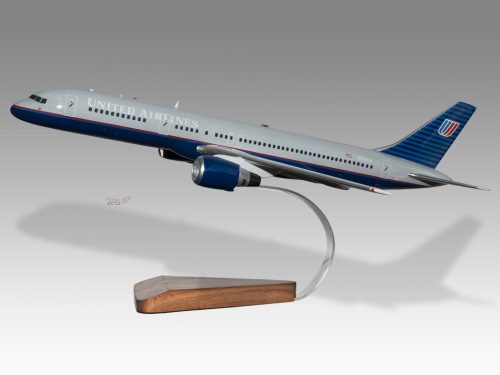
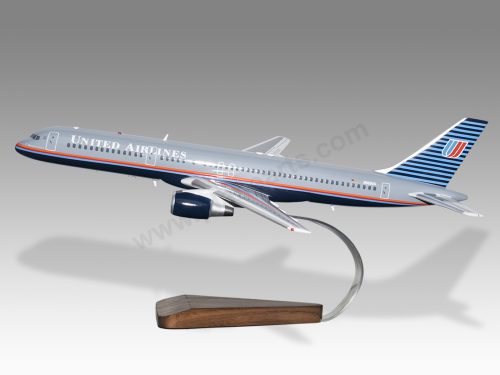
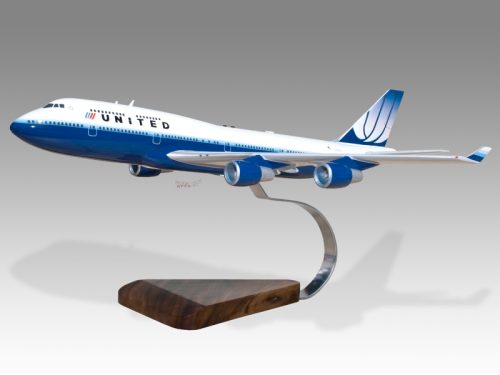
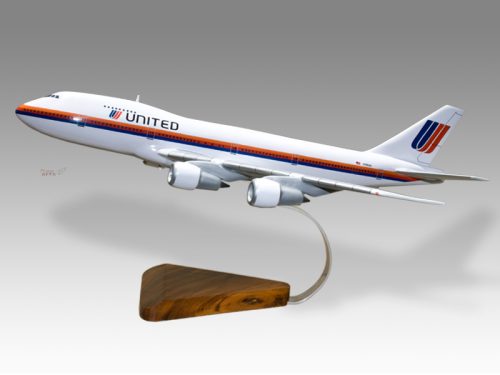
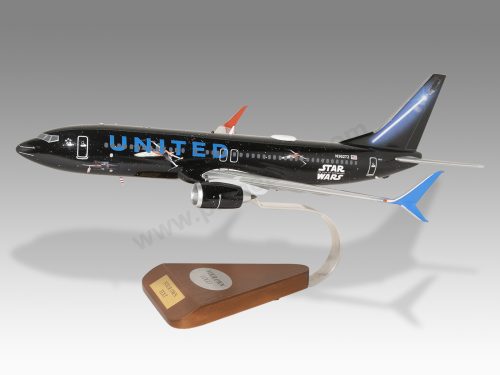
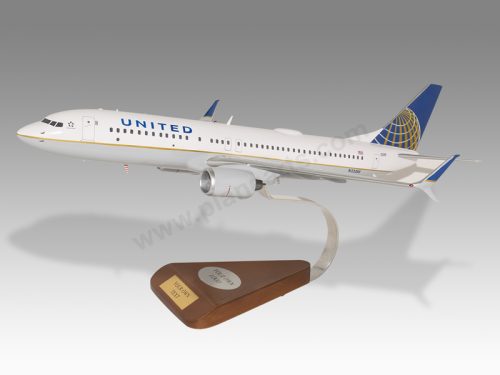
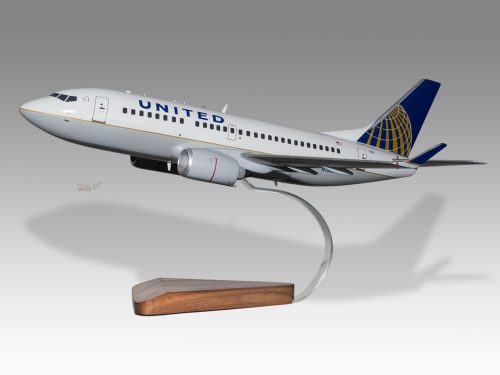
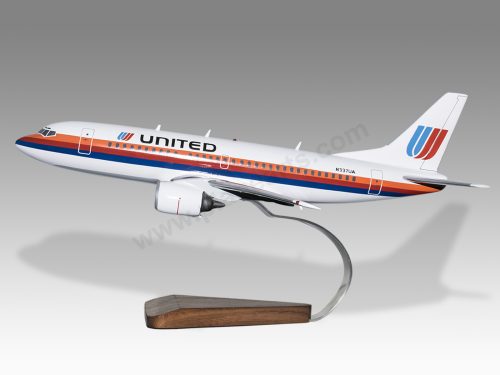
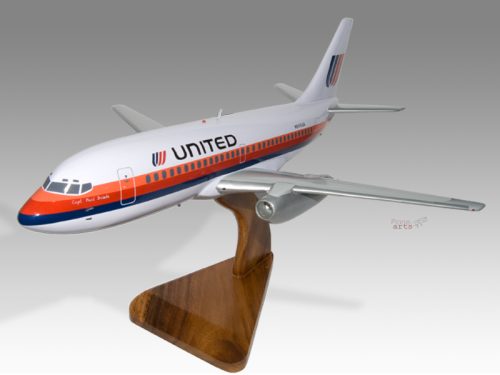
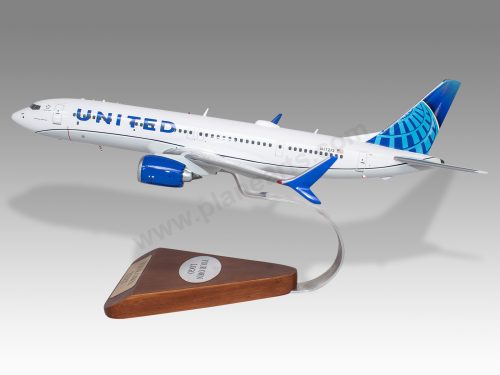

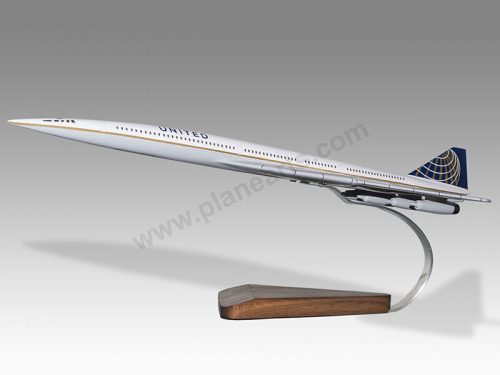


Reviews
There are no reviews yet.